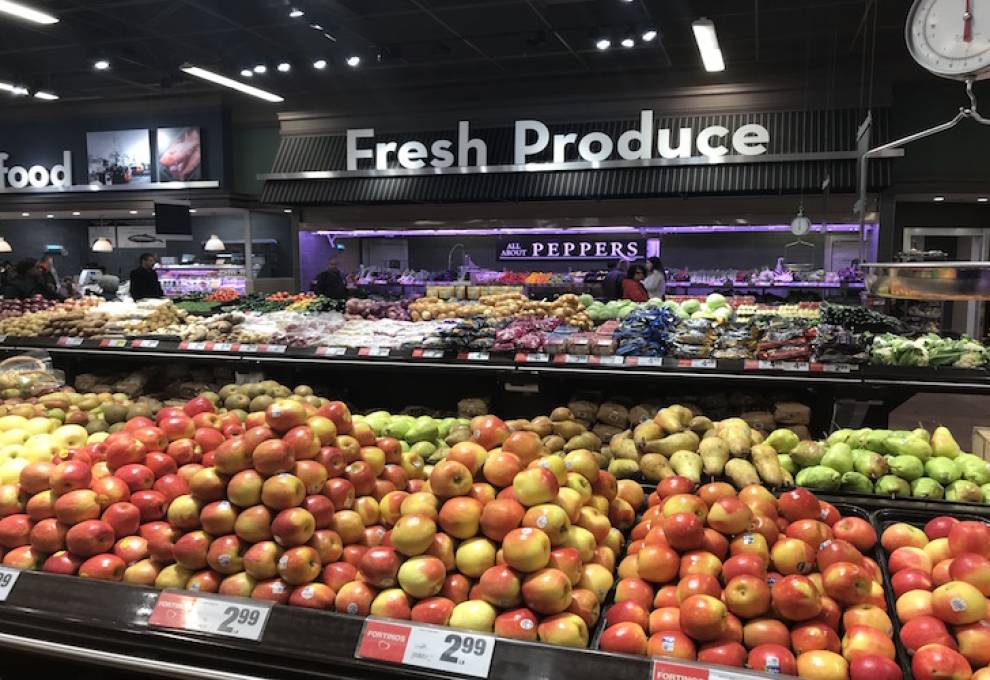
Take a few minutes to think about the different retailers. A simple exercise is to take a piece of paper and put the different retailers across the top, into separate columns. On the side of the page list all of the attributes you can think of that impact your product and the relationship with that retailer. It becomes very clear where they are different.
Retailer A
Retailer B
Retailer C
Pricing
High/low-specials
EDLP
In store specials
Advertising
Weekly ad
Ad but only 8 items
Weekly but EDLP
Promotions
Theme every week
Very few/seasonal
Big events
Delivery
Warehouse
Direct to store
Warehouse
Merchandising
Flat tables
Pallets/bins
Refrigeration
Category Manager
Quality focus
Value
Hard to read
Opportunities
Recipes/demos
Case packs
New size
Priorities
Local
Value
Structure change
Relationship
All good
2 quality issues in 2019
Still developing
Every Day Low Price (EDLP)
There are more categories you can add but it is obvious from this table that you need to work on different opportunities with different retailers. You should start with their format and what they are trying to accomplish in the market, and then consider how your business interacts with them. If you are struggling to think of how they are different visit the store. Take note of the messages you see on signage and what they are saying to consumers. Look at the merchandising to see how they are displaying your products and others in the category.
Don’t just change the cover page
Trust me, I could tell if a supplier just changed the cover page on their presentation to me. It is frustrating to your customers when you do not take the time to consider what they are trying to work on and be a part of their program to make their store successful. You will sell many more of your products when you figure out how to do it within the program they have for their overall store.
If you consider the information in the chart, your meeting with retailer A should focus on quality and a pricing program that will allow them to advertise the item a number of times during the year. This is how they are trying to drive traffic into their stores. They want to differentiate with local so you need to support these initiatives and tag them in your social media that shares your story. This is what will resonate with them and help you develop the relationship you need to accomplish your goal, which is to sell products. Your program for the upcoming year should include recipes and a plan for demos.
When you are preparing for a meeting with retailer B you need to focus on value and what opportunities you have for them to drive volume. You also need to address the quality issues you had. What changes have you implemented to ensure it will not happen again? Is it possible for your quality people to talk to their quality people? Work on this so you do not have to deal with it in the future.
Your plan for retailer B should not include recipes or demos because that is not what they are focused on. They might even see that as a waste of money and think of you having extra money to spend with them on your every day price. Do not give them the opportunity to reallocate your marketing dollars.
When you build separate programs you need to assess the spend with each retailer to ensure it is fair and equitable. Total up all the different investments you are making with each retailer and add them to your everyday selling price. Does it make sense for the volume you are doing with each retailer?
One issue that is always a challenge is freight. Some retailers want a delivery every day to their warehouse. For some reason, even on storage crops they think it is ‘fresher.’ There is a cost to this if you are not delivering full loads every time. Try to illustrate this to them. They will not always agree but you need to show them how much you are investing to provide 12 pallets on six loads as opposed to three full loads. All of these costs add up.
One size does not fit all
It is more work to create separate programs but in the end you will be rewarded with better relationships and more sales. You will generate the sales differently in different stores and that is what will make you more valuable to them. You do need to be ready for the question about why you are doing something different in another store. As long as you can illustrate how different things support their position, they should be happy.
If you have any questions about creating a unique plan for your customers please give me a call at (902) 489-2900 or send me an email at peter@skufood.com. Next month we will discuss how to understand the investments you need to make.
WHAT’S IN STORE?
Packaging is changing
We know there is a lot of focus on sustainability, the environment and many other topics related to this complicated issue. My preference is to look at the total environmental impact of a product, the packaging and the distribution. That can become very complicated and perhaps it is unrealistic. What I worry about is that industry will have change mandated that is not the right change.
When I was in the store this week this product caught my attention. The packaging is very unique and I believe it is the biggest reason the product is on the shelf in the natural food section. A compostable fibre container of laundry detergent is definitely unique, considering there is 80 feet of five-deck shelving in the regular grocery section with single-use plastic bottles.
My question is would you buy it?
From a quick look in the store you get 66 wash loads compared to 60 wash loads of the next product on the shelf. You also pay $14.99 vs. $8.29 or you can leave the natural food section and go to the grocery aisle where Tide original 24-wash load is $8.99.
What would you buy? More importantly what will consumers buy?

Add new comment